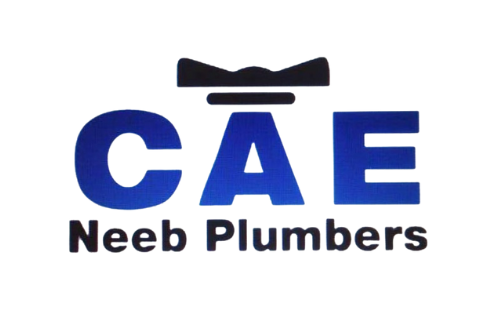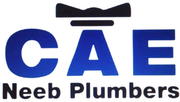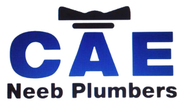Services Offered
CAE Neeb Plumbing is a dynamic company that has transformed the way plumbing services are perceived and delivered. The range of services offered by CAE Neeb Plumbing is comprehensive, encompassing installation, maintenance, and repair.
Process
Architectural Plan Review - We begin by carefully reviewing and interpreting the architectural plans, utilizing them to design a comprehensive and efficient plumbing system
Collaborative Design
- We work closely with wet services engineers to enhance the design, prioritizing energy efficiency and sustainability
Stakeholder Collaboration - We engage in continuous collaboration with developers and clients, ensuring that the design meets their needs and accommodates any necessary changes
Sanitary Ware Optimization - We ensure that all sanitary ware decisions are supported by adequate water flow, guaranteeing optimal functionality and user satisfaction.
Water heaters
Water heater installation is a critical plumbing service that involves setting up a new water heater system in residential or commercial properties. Proper installation ensures efficient operation and long-term reliability.
Types of Water Heaters
Solar Geyser Installation
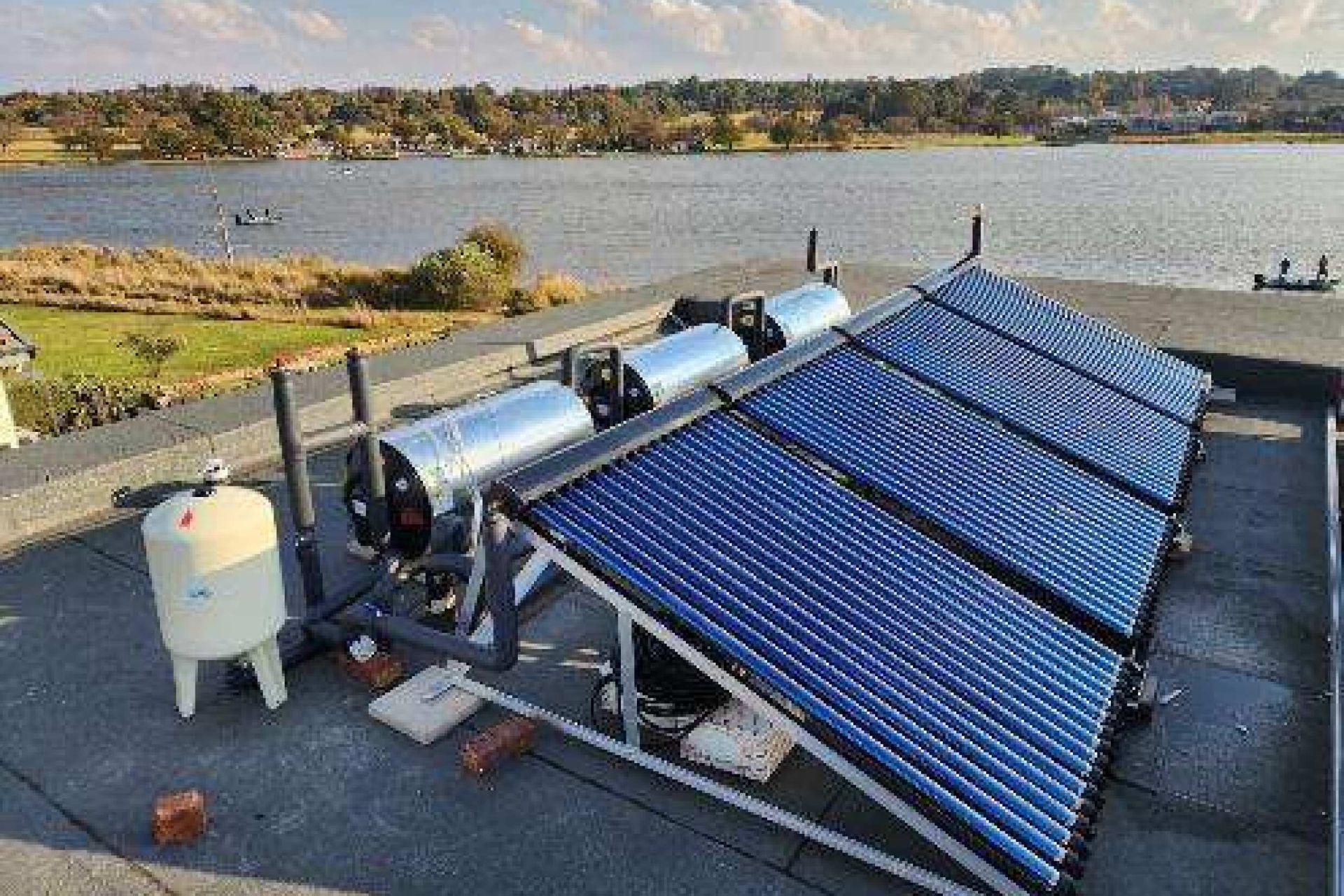
a. Use the sun’s energy to heat water
b. Saves Energy
c. Not reliant on electricity
d. Backup element in some models
e. Double water volume, compared to standard geyser, needed to increase savings
f. Maintenance is needed due to multiple working and heating components
Heat pump and Geyser Combo Installation
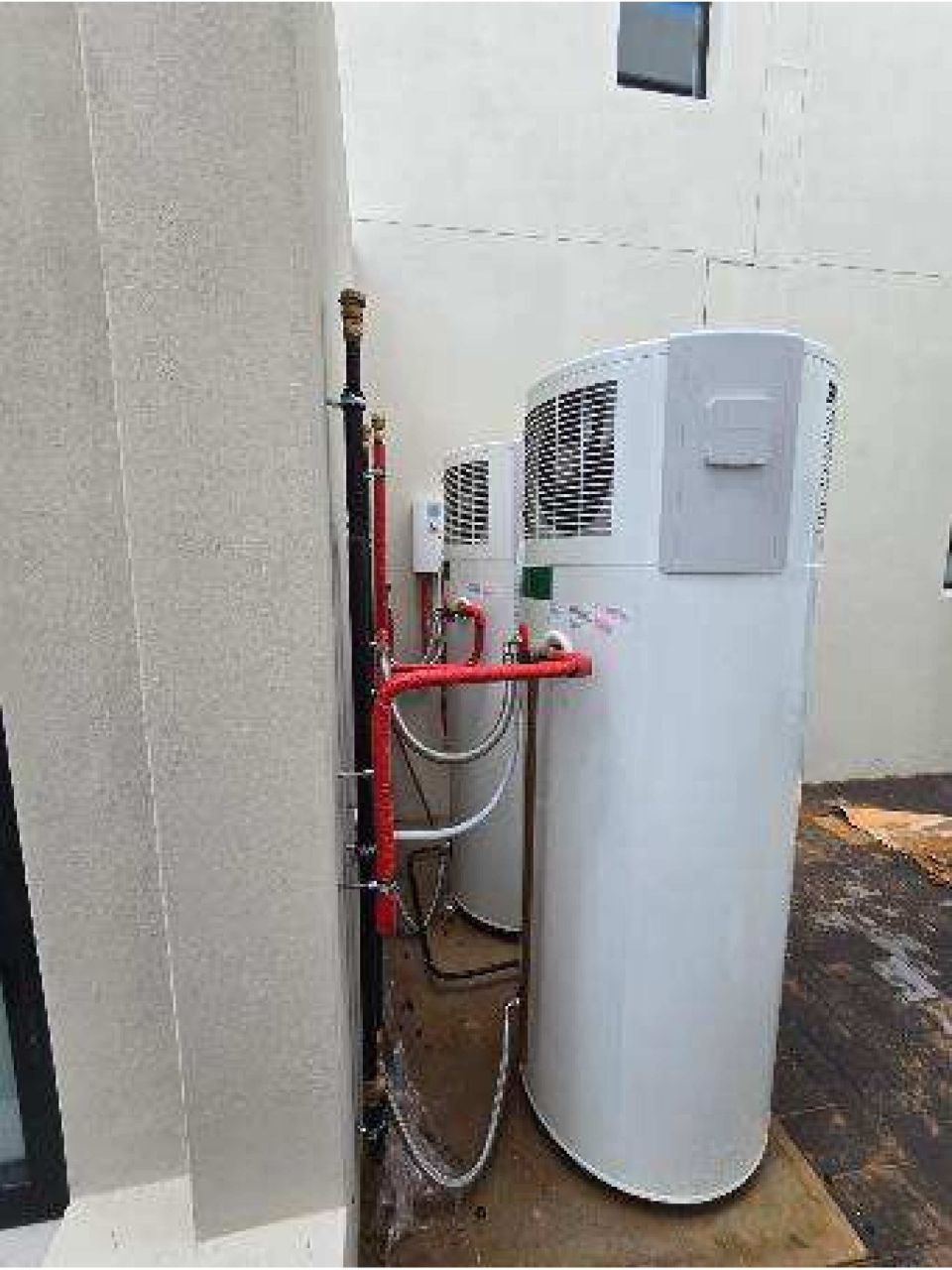
a. Efficient
b. Solar PV Compatible geyser
c. Small element backup
d. Long term savings with enough volume
e. Quiet operation due to acoustic separation
f. Easy maintenance due installed on ground level or slabs
g. Requires electricity or Solar backup to function
Instantaneous Geyser Installation
a. Immediate hot water on demand
b. Installation is quick and easy
c. High power consumption, only on demand – 7kw 40 Amp breaker
d. High efficiency
e. Low water pressure
f. Has some limitations
Advantages of Professional Installation
- Ensures compliance with local building codes.
- Reduces the risk of leaks or malfunctions.
- Provides expert advice on the best water heater options.
Water Heater Repairs
Water heater repairs involve diagnosing and fixing issues with existing water heater systems. Regular maintenance and timely repairs can extend the lifespan of the unit and ensure consistent hot water supply.
Common Issues
1. No Hot Water:
- Cause: Faulty heating element, broken thermostat, or tripped circuit breaker.
2. Inadequate Hot Water:
- Cause: Sediment buildup in the tank, incorrect thermostat setting, or undersized unit.
3. Water Leaks:
- Cause: Loose connections, corroded tank, or faulty pressure relief valve.
4. Strange Noises:
- Cause: Sediment buildup causing popping or rumbling sounds.
5. Discolored or Smelly Water:
- Cause: Corrosion inside the tank or bacterial growth.
Benefits of Professional Repair Services
- Quick and accurate diagnosis of problems.
- Prevents small issues from becoming major, costly repairs.
- Ensures safety, especially with gas-powered water heaters.
Pipe Replacement and repair
Over time, plumbing pipes can experience wear and tear due to various factors such as age, corrosion, and external pressure. If not addressed promptly, these issues can lead to water leaks, low water pressure, or even major damage to your property.
Common signs that you may need pipe repair or replacement include
Leaky Pipes: Persistent water leaks are a sign that pipes may have become corroded, cracked, or damaged.
Discolored Water: Rusty or brown water can indicate pipe corrosion, which could lead to leaks or contamination.
Low Water Pressure: Gradual reduction in water pressure may be due to leaks or blockages within the pipes.
Unusual Noises: Whistling or banging noises could mean there are obstructions or air in the pipes.
Visible Corrosion: Green or white deposits around pipes can indicate corrosion, which could weaken the pipes over time.
Types of Pipe Repair Services
Leak Repair: Leaks can occur in both exposed and hidden pipes, causing water damage and increasing water bills. Our plumbers will locate the leak, repair or replace the damaged section of pipe, and ensure your system runs smoothly.
Joint Repair: Pipe joints can weaken over time, leading to leaks. Repairing or replacing faulty joints prevents leaks and restores your pipe system’s efficiency.
Crack or Breakage Repair: Pipes may crack or break due to freezing temperatures, tree root intrusion, or shifting ground. In these cases, it’s essential to repair or replace the damaged sections to prevent water damage or pipe failure.
Frozen Pipe Repair: During cold weather, pipes can freeze and crack. Our team can safely thaw and repair or replace damaged pipes to restore water flow.
Corrosion Repair: Older metal pipes can corrode and rust, leading to leaks and water contamination. We’ll inspect for corrosion and recommend pipe repair or full replacement, depending on the extent of the damage.
Why Choose Us for Pipe Replacement and Repair?
Experienced Plumbers: Our team has extensive experience in handling all types of pipe repairs and replacements, ensuring a reliable and durable solution.
Quality Materials: We use top-grade materials that resist corrosion and leaks, ensuring the longevity of your plumbing system.
Leak Detection and repair
Leak detection involves identifying and locating water leaks within a plumbing system.
Common Signs of a Leak
A sudden spike in water bills without an increase in usage.
Water Stains / Discoloration on walls, ceilings, or floors may suggest a hidden leak.
Persistent dampness can lead to mold growth, which often gives off a musty smell.
Dripping or running water sounds when no faucets are on.
A drop in water pressure might indicate a leak somewhere.
Types of Leak Detection Methods
Visual Inspection: The simplest method, involving a thorough inspection of visible plumbing components.
Pressure Testing: Measuring the pressure within the pipes can help identify leaks.
Acoustic Listening Devices: These specialized tools detect the sound of water escaping from pipes.
Infrared Thermography: This method uses thermal imaging to detect temperature differences caused by water leaks.
Moisture Meters: These devices measure moisture levels in walls, floors, and ceilings, helping to locate leaks.
Why Professional Leak Detection is Important
Prevents Water Damage: Early detection and repair can prevent extensive water damage to a property.
Reduces Water Bills: Fixing leaks promptly can save money on water bills.
Preserves Structural Integrity: Continuous water exposure can weaken building materials, leading to costly repairs.
Health Benefits: Prevents mold growth, which can cause health issues.
Installation & maintenance of plumbing systems
A plumbing system is essentially a network of pipes that transport water into and out of a building. It's a critical component of any structure, ensuring clean water supply and efficient wastewater disposal.
Key Components of a Plumbing System
Water Supply System
Main Water Supply Pipe: This pipe brings water into your home from the municipal water supply.
Distribution Pipes: These pipes branch off the main supply to deliver water to various fixtures like sinks, toilets, and showers.
Fixtures: These are the devices that use water, such as faucets, toilets, and showerheads.
Drainage System
Drainpipes: These pipes carry wastewater away from fixtures to the main sewer line.
Sewer Line: This pipe connects your home's drainage system to the municipal sewer system.
Vent Pipes: These pipes allow sewer gases to escape, preventing sewer backups and maintaining proper water flow.
Types of Plumbing Systems
Water Supply Systems
Cold Water Supply: Provides cold water to fixtures.
Hot Water Supply: Provides hot water to fixtures, typically heated by a water heater.
Drainage Systems
Sanitary Sewer System: Removes wastewater from toilets, sinks, and other fixtures.
Storm Sewer System: Removes rainwater and other surface water.
Drain cleaning and unclogging
Why Drain Cleaning is Important
Over time, drains can accumulate debris, grease, hair, soap scum, and other materials that cause blockages. Regular drain cleaning is essential to maintain the proper functioning of your plumbing system, prevent unpleasant odors, and avoid costly repairs.
Signs You Need Drain Cleaning
Slow Draining: Water taking longer than usual to drain from sinks, tubs, or showers is a common sign of a blockage.
Recurring Clogs: Frequent clogs in the same drain indicate a deeper issue that requires professional attention.
Gurgling Sounds: Strange noises from your drains can signal a blockage or improper venting.
Foul Odors: Persistent bad smells coming from your drains often mean organic material is stuck in the pipes and decomposing.
Water Backups: If water backs up in other drains when you use one fixture, it could indicate a serious blockage in the main sewer line.
Preventative Drain Maintenance
Regular Cleaning: Schedule regular drain cleaning to keep your pipes clear and prevent clogs from forming.
Avoid Flushing Non-Flushables: Only flush toilet paper and human waste down the toilet. Avoid flushing wipes, paper towels, or hygiene products.
Proper Disposal: Dispose of grease, coffee grounds, and food scraps in the trash instead of down the drain.
Why Choose Professional Drain Cleaning?
Expertise: Professional plumbers have the tools and experience to handle even the most stubborn clogs and ensure your drains are thoroughly cleaned.
Prevent Damage: DIY methods can sometimes cause damage to your pipes. Professionals use techniques that are safe for your plumbing system.
Long-Term Solutions: Professional drain cleaning not only resolves current issues but also helps prevent future problems.
HDPE Electrofusion, Butt welding and Premanufacturing
HDPE Electrofusion Welding
Electrofusion welding is a method of joining HDPE pipes and fittings using electrical energy to generate heat. The process involves a specialized fitting with embedded heating elements. When current is applied, the fitting and pipe surface melt, creating a strong and durable joint as they cool and solidify together.
Advantages of Electrofusion Welding
Strong Joints: Electrofusion creates robust, leak-proof connections ideal for high-pressure systems.
Flexibility: Can be used in tight spaces or difficult-to-access areas where traditional welding may not be feasible.
Automation: Many electrofusion machines are automated, reducing human error and ensuring consistent weld quality.
Minimal Disruption: The process causes minimal disruption to the surrounding environment, making it suitable for sensitive installations.
Title or Question
Describe the item or answer the question so that site visitors who are interested get more information. You can emphasize this text with bullets, italics or bold, and add links.
HDPE Butt Welding
Butt welding is a method of joining HDPE pipes by heating the pipe ends and pressing them together to form a continuous joint. This technique is widely used in both large and small diameter pipes.
Advantages of Butt Welding
Cost-Effective: Butt welding requires fewer fittings, reducing material costs.
Durable Joints: Produces seamless, homogenous joints that are as strong as the original pipe.
Versatility: Suitable for a wide range of pipe sizes and thicknesses.
Environmental Benefits: Creates no waste material, making it an environmentally friendly option.
Choosing Between Electrofusion and Butt Welding
The choice between electrofusion and butt welding depends on the specific requirements of the project:
Electrofusion: Best for smaller diameters, tight spaces, or where precise control is needed.
Butt Welding: Ideal for larger diameter pipes, long runs, and when cost-efficiency is a priority.
HDPE Electrofusion Welding
Premanufacturing refers to the process of fabricating HDPE pipe segments and fittings off-site in a controlled environment before they are transported to the installation site. This ensures higher quality control and can reduce on-site labor.
Process
Design: Detailed designs are created based on the specific requirements of the project.
Fabrication: Pipes and fittings are cut, shaped, and welded in a factory setting using precision equipment.
Quality Control: Each piece undergoes rigorous testing to ensure it meets industry standards.
Transportation: The premanufactured components are then transported to the site for installation.
Advantages
Enhanced quality control.
Reduced installation time and labor costs on-site.
Minimizes the need for complex equipment and skilled labor at the installation site.
Applications
Large construction projects requiring precise and complex piping systems.
Environments where on-site welding may be challenging.
Projects with tight deadlines where time efficiency is crucial.
